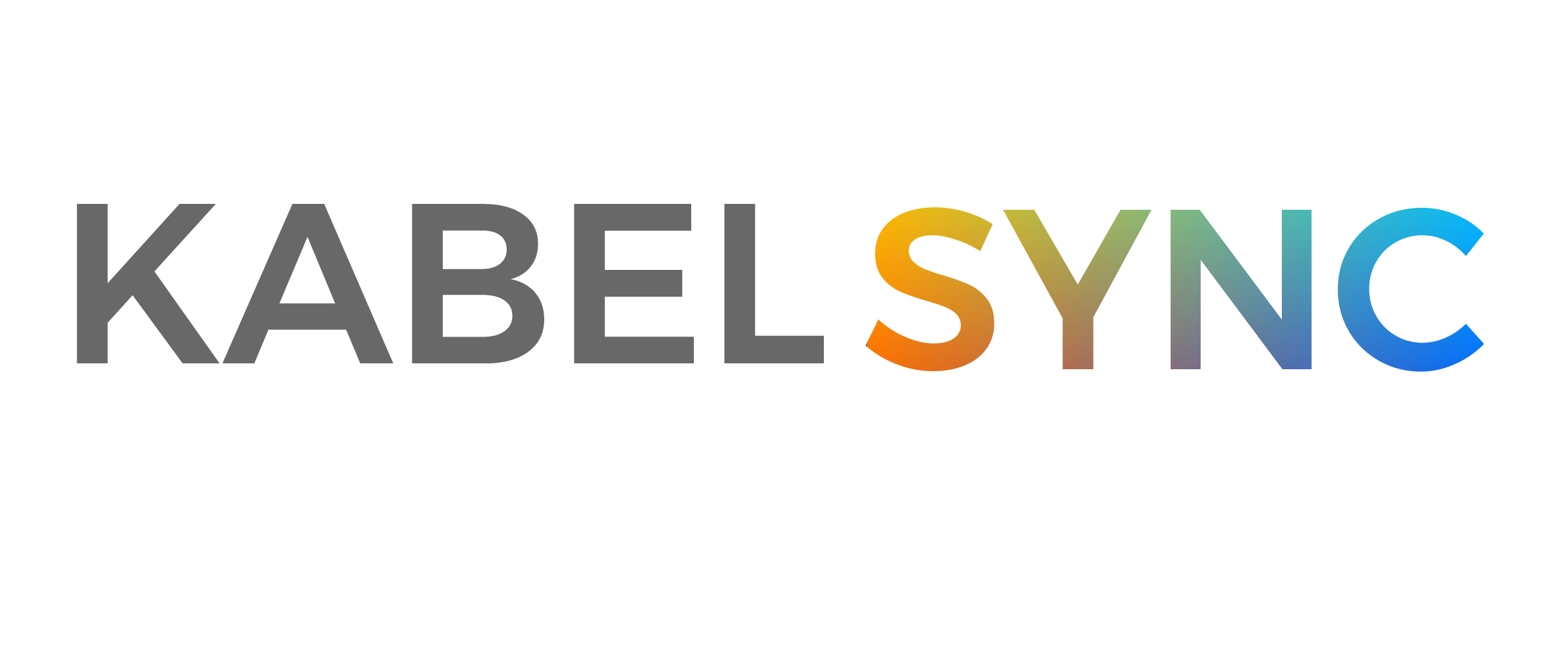A Guide To Taking Your Practice Totally Paperless
Imagine no more files in your office, no appointment books, no purchase agreements, no typing up insurance claims- no paper at all! Imagine, not having to call patients to remind them of their appointment, sending free email marketing campaigns with a push of a key, and pushing enter to generate multiple reports necessary to run an effective practice.
This is all possible if you subscribe to an effective Electronic Medical Records Software System (EMR). The monthly costs vary from company to company but average less than $200 per month. This cost will pay for itself in numerous ways and you will be making money by subscribing to an EMR.
“I started my first practice in 1989, back in the day of typewriters and paper accounting. When computers became mainstream, I purchased QuickBooks for accounting. As the practice grew, and I had over 4,000 active patients, QuickBooks could not handle the data. I was forced to go paperless- the concept was daunting.
I subscribed to one EMR company, and then switched to Blueprint OMS. I had a medical, private audiology practice and billed for all services-either insurance or the patient. I found Blueprint OMS to be the most effective system for my practice.
EMR companies take the headache away from you with regard to integration. In my scenario, all of my patient information (name, address, date of birth and telephone) were synced to QuickBooks. No redundant data entry required, as all transactions created in Blueprint OMS posts directly to QuickBooks.
I hired my teenage daughter to manually enter the patient’s last audiogram, hearing aid brand, model, serial numbers, and warranty information. I decided that if I were going to pay for an EMR, I would utilize the software as it was intended.
Blueprint Solutions trained my entire staff and were available for help at any time during business hours. In addition, they had excellent tutorials for future staff and any updates they release. This entire process took three months. All of my patient information was in my EMR, including email addresses, and hearing aid information. Audiology notes, documents, insurance information and appointments. This is when the advantages really start to pan out.
Prior to utilizing my EMR, I had an office administrator who was responsible for checking in hearing aids, putting the documents in the file, filing the file, calling patients to remind them of their appointment, and updating insurance cards on file. It was a full time job-pulling files for appointments, updating paperwork in the files, and refiling. It also took a significant amount of time faxing documents to the referral source, billing insurance, etc.
Once a practice is completely paperless, the office administrator is no longer necessary. The savings from this paid for the monthly subscription rate and more. In addition, my practice grew tremendously because I was able to effectively manage my receivables and insurance claims. I was able to use marketing tools to target patients based on their hearing loss, current technology, and prior appointment history.
In the current competitive environment, with hearing aid prices increasing, it is essential to run clinic operations efficiently. I did that in my practice by going paperless, which automated common tasks through my EMR.


No comments